Space news stories
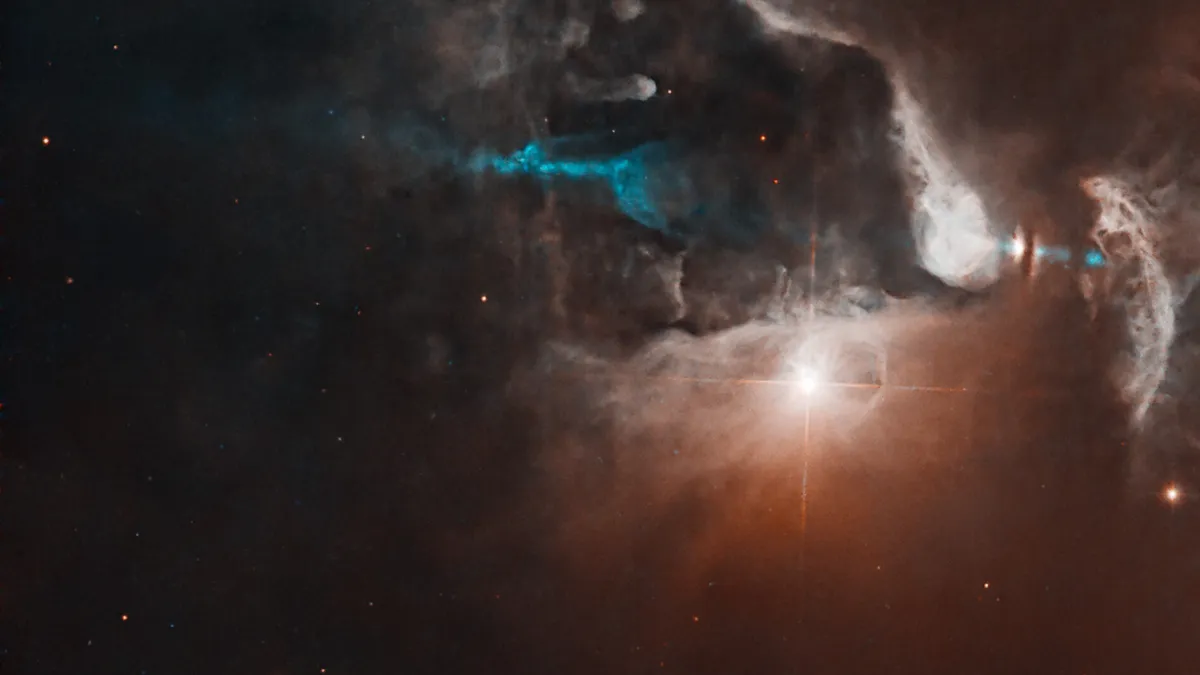
The Hubble Space Telescope has imaged a powerful jet erupting from a natal envelope of gas and dust that represents a newly born star announcing itself to the cosmos.

This year, the March equinox takes place on 20 March at 03:06 GMT. This means that in certain westward time zones, the equinox will actually fall on 19 March local time.
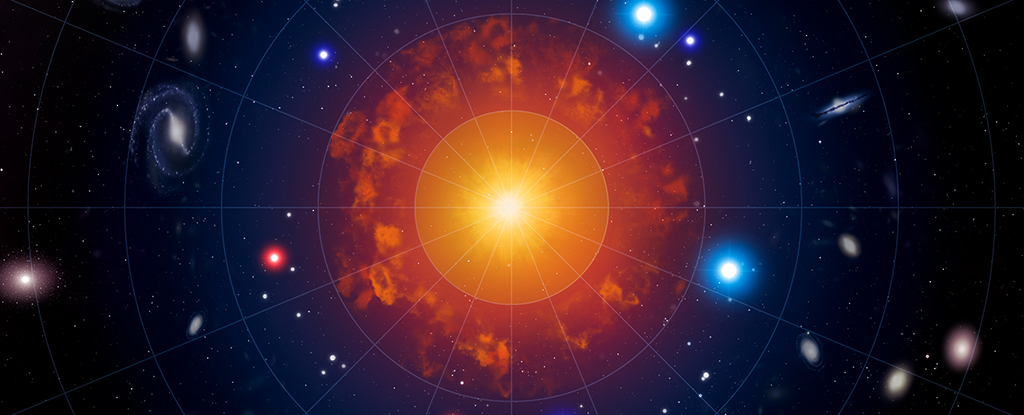
Sound waves fossilized in the maps of galaxies across the Universe could be interpreted as signs of a Big Bang that took place 13 billion years earlier than current models suggest. This research was published in The Astrophysical Journal.
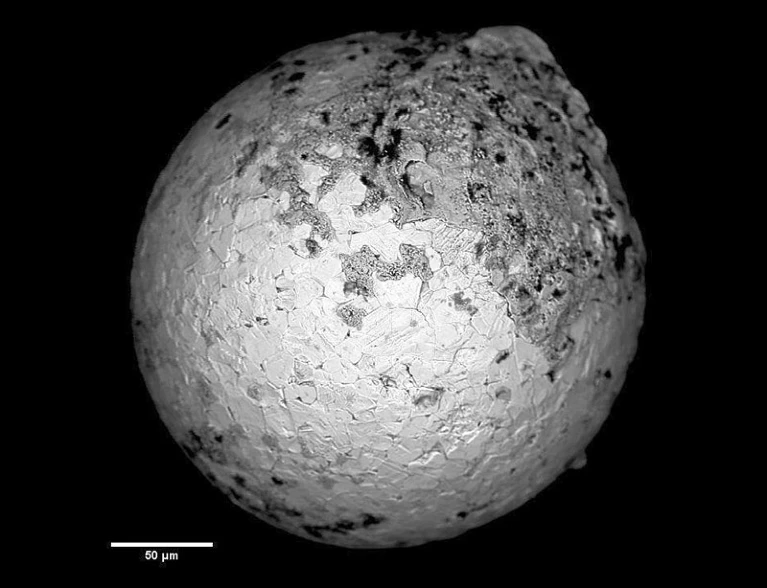
The debate occurred at a packed session featuring Hairuo Fu, a graduate student at Harvard University in Cambridge, Massachusetts, who is a member of the team that found the fragments…Many scientists have said they don’t want to spend much time analysing and refuting these claims.
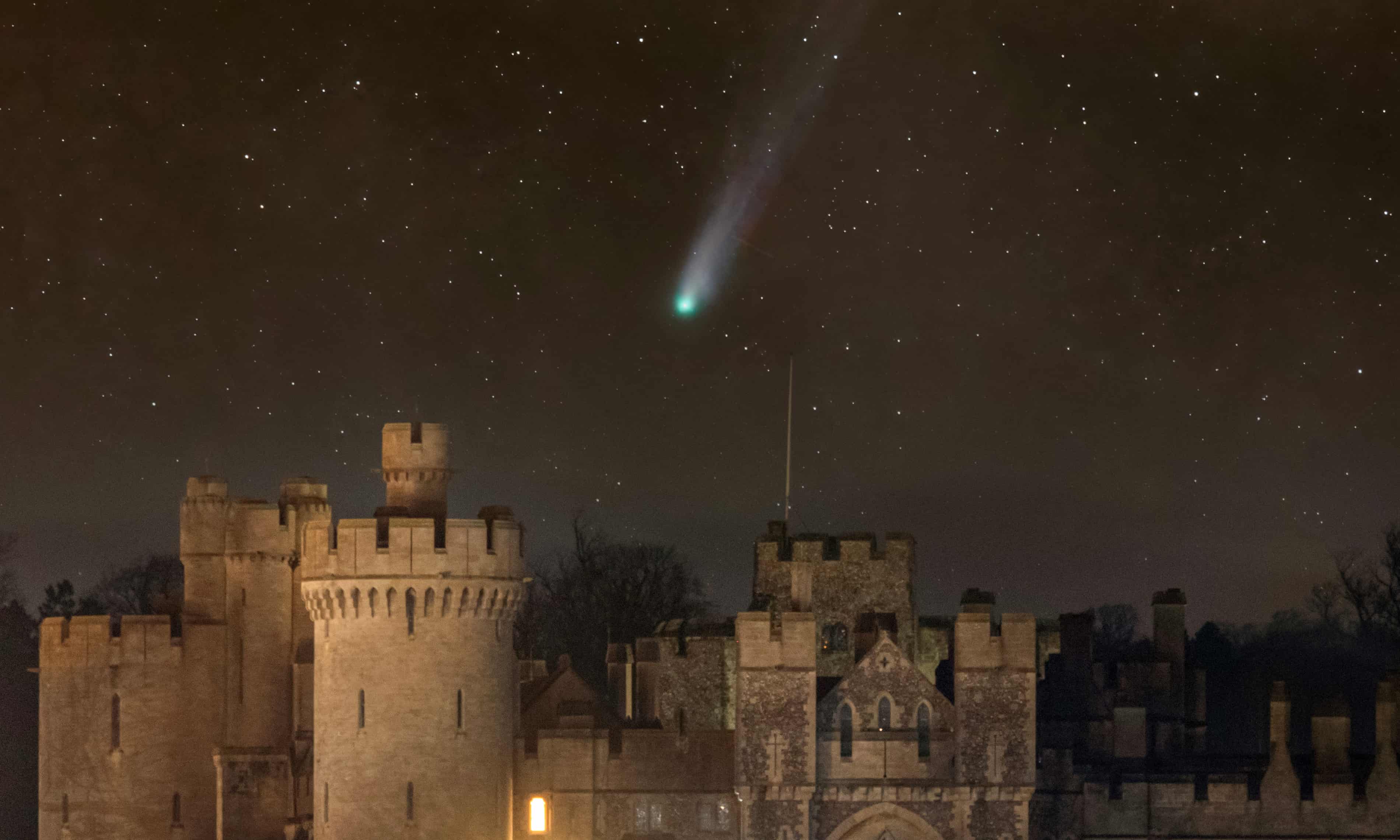
A comet that is larger than Mount Everest could become visible to the naked eye in the coming weeks as it continues its first visit to the inner solar system in more than 70 years, say astronomers.
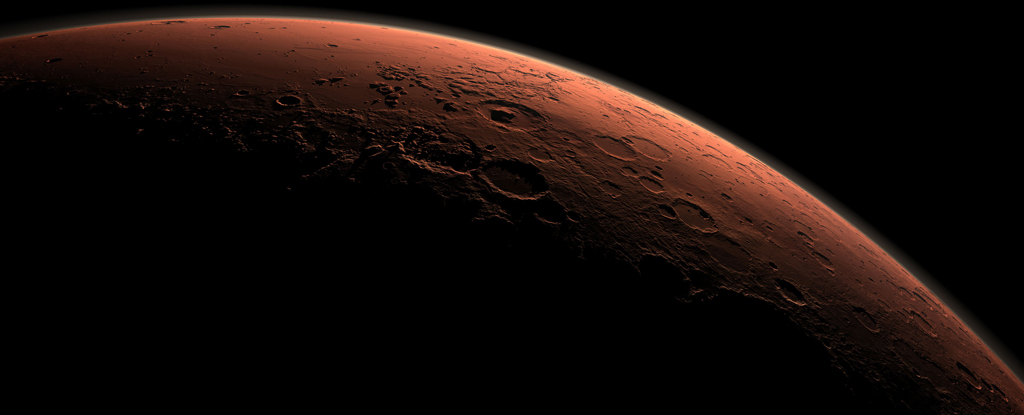
A slow cosmic dance between Earth and Mars has a hidden effect on cycles in the deep ocean. According to a new analysis of the deep-sea geological record, the gravitational interaction between the two planets results in cyclic changes in deep ocean currents that recur every 2.4 million years.
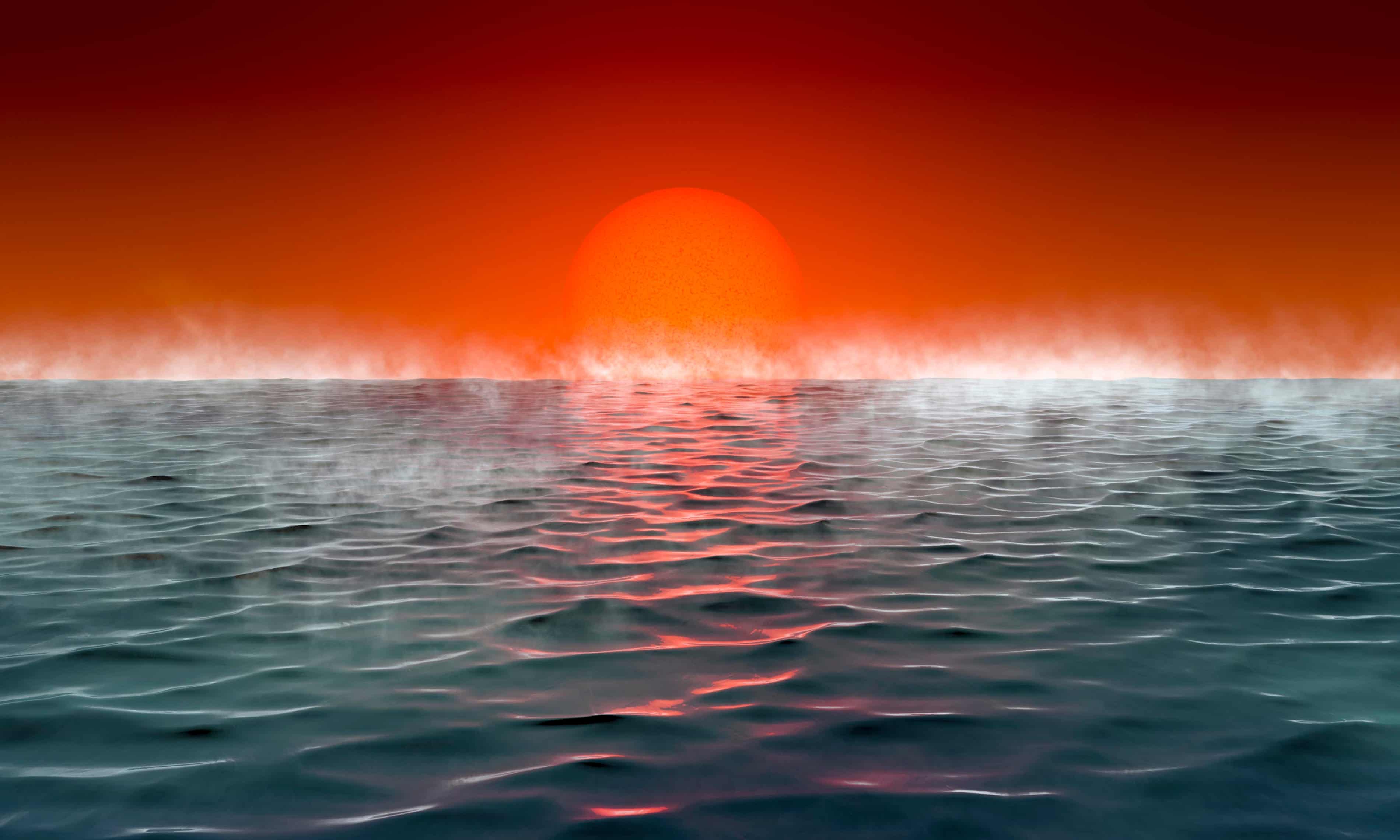
Astronomers have observed a distant planet that could be entirely covered in a deep water ocean, in findings that advance the search for habitable conditions beyond Earth.

Mainstream science has done its best to debunk the notion, but a belief in a world-changing series of prehistoric impacts continues to gain momentum.

Late last year, astronomers discovered a fascinating star system only 100 light-years away from us. Its six sub-Neptune planets circle very close to their host star in mathematically perfect orbits, piquing the interest of scientists searching for alien technology or technosignatures, which they argue would offer compelling evidence of advanced life beyond Earth.
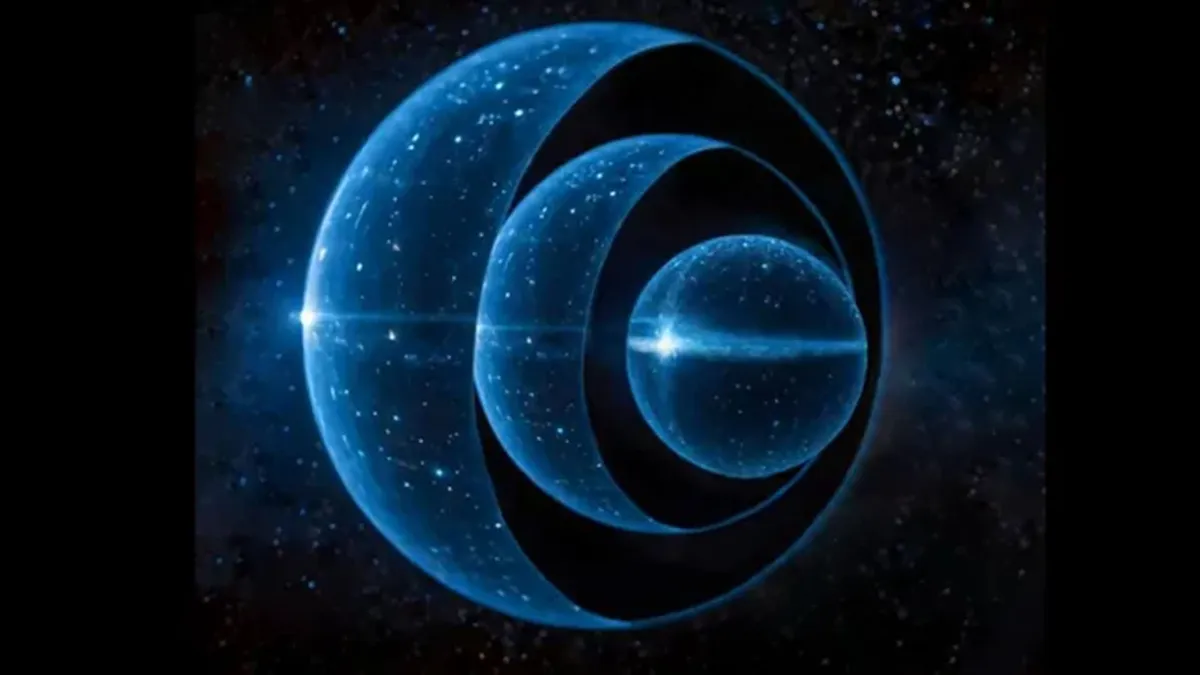
A new solution to Albert Einstein’s theory of general relativity suggests hypothetical gravitational stars that look like black holes could be nested within one another.

The evidence comes from a chemical analysis of more than 100 tiny pieces of rock entrained within the White Continent’s ice, researchers report in the Feb. 1 Earth and Planetary Science Letters.
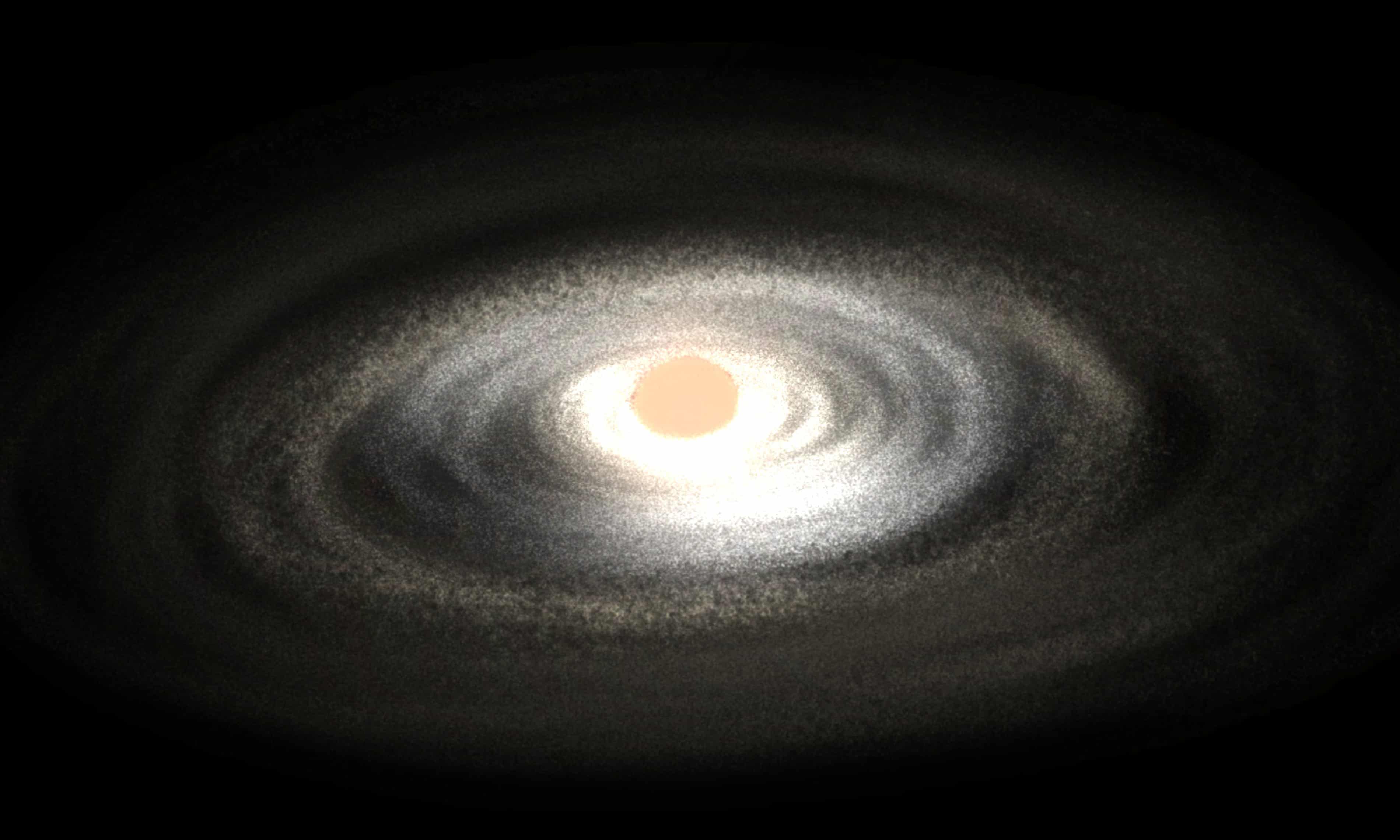
Astronomers have discovered a mysterious group of giant elderly stars at the heart of the Milky Way that are emitting solar system-sized clouds of dust and gas. The findings are published in the Monthly Notices of the Royal Astronomical Society.
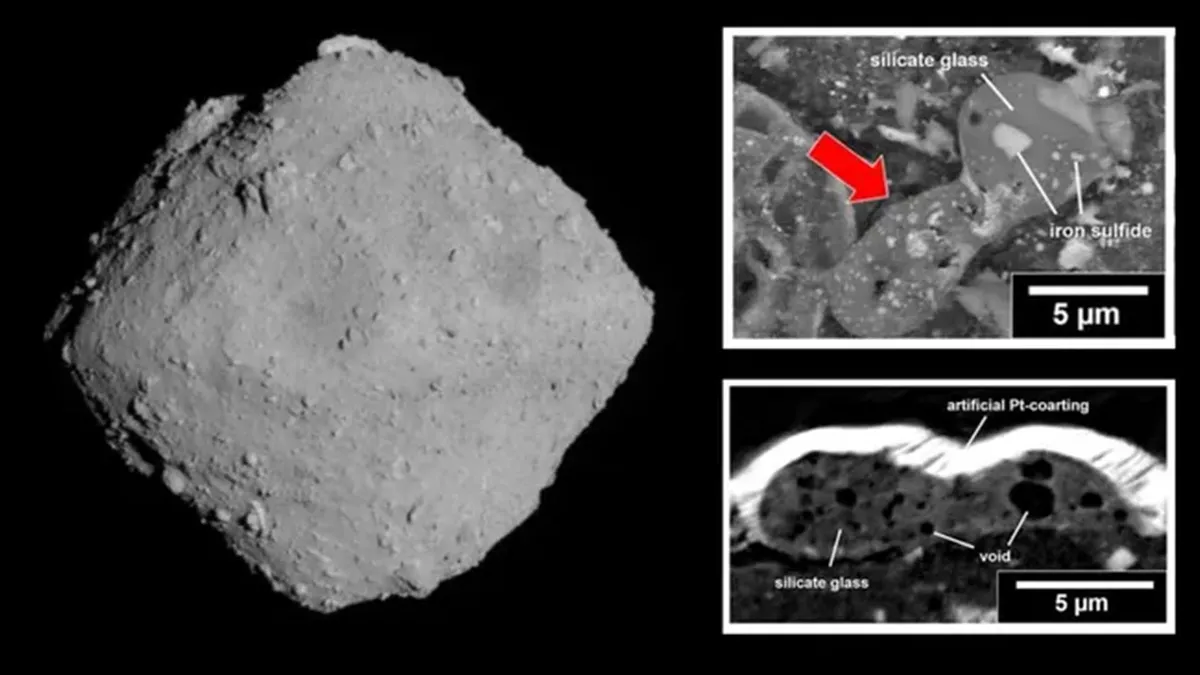
A detailed investigation of asteroid Ryugu samples has provided further evidence that the organic molecules which gave rise to life to our planet were brought here by ancient comets.
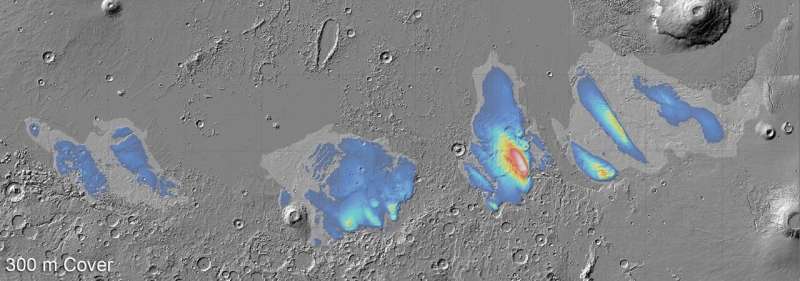
Windswept piles of dust, or layers of ice? ESA’s Mars Express has revisited one of Mars’s most mysterious features to clarify its composition. Its findings suggest layers of water ice stretching several kilometers below ground—the most water ever found in this part of the planet.
:format(webp)/cdn.vox-cdn.com/uploads/chorus_image/image/73062155/stsci_01gqqfcdz3j7arc9f8qdxe0f7z__1_.0.jpg)
Monsters lurk in the background of James Webb Space Telescope images. Scientists are scrambling to make sense of them.
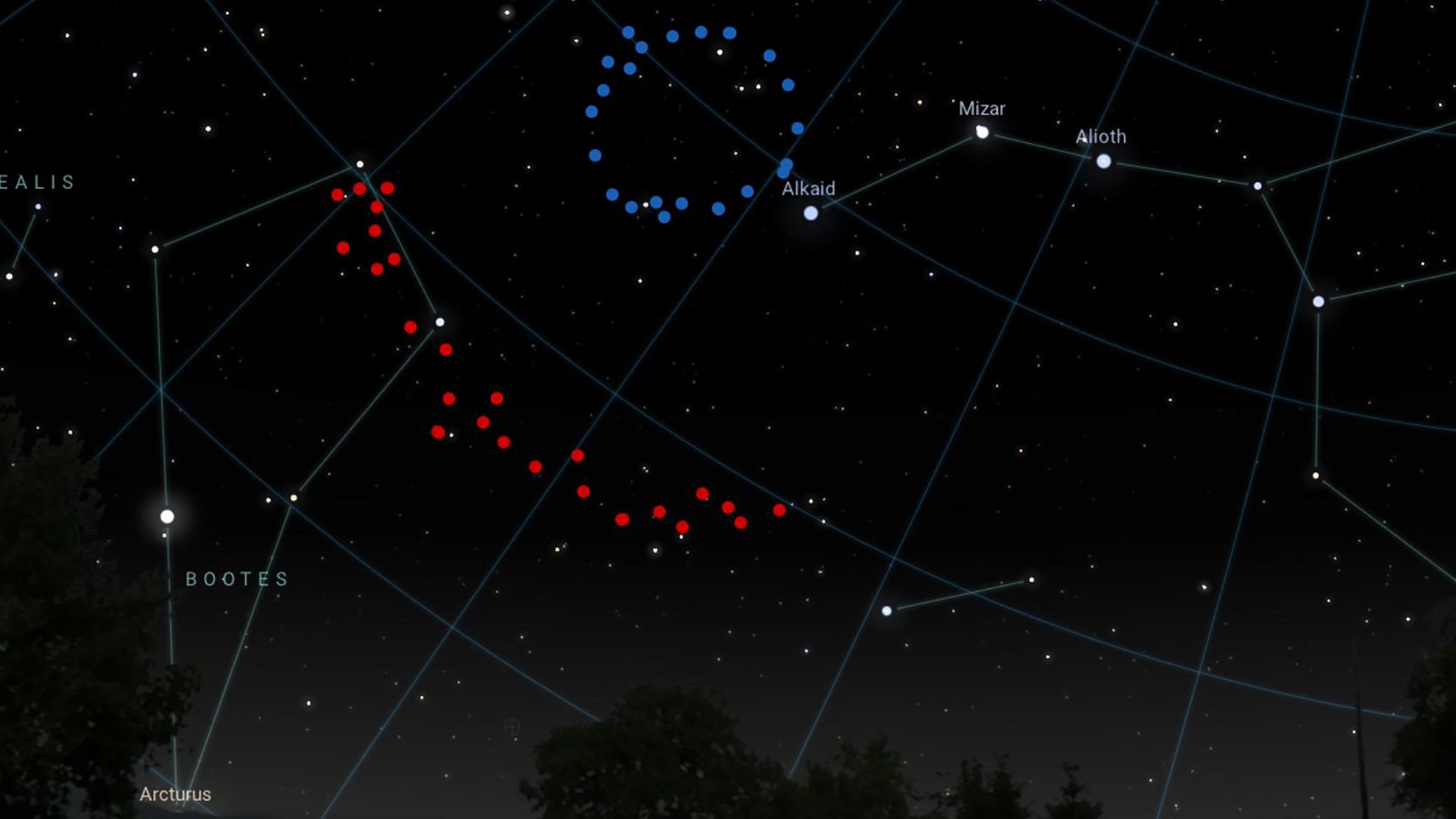
Scientists have discovered a huge ring-shaped structure in outer space – and it’s so big that it challenges our current understanding of the universe.








